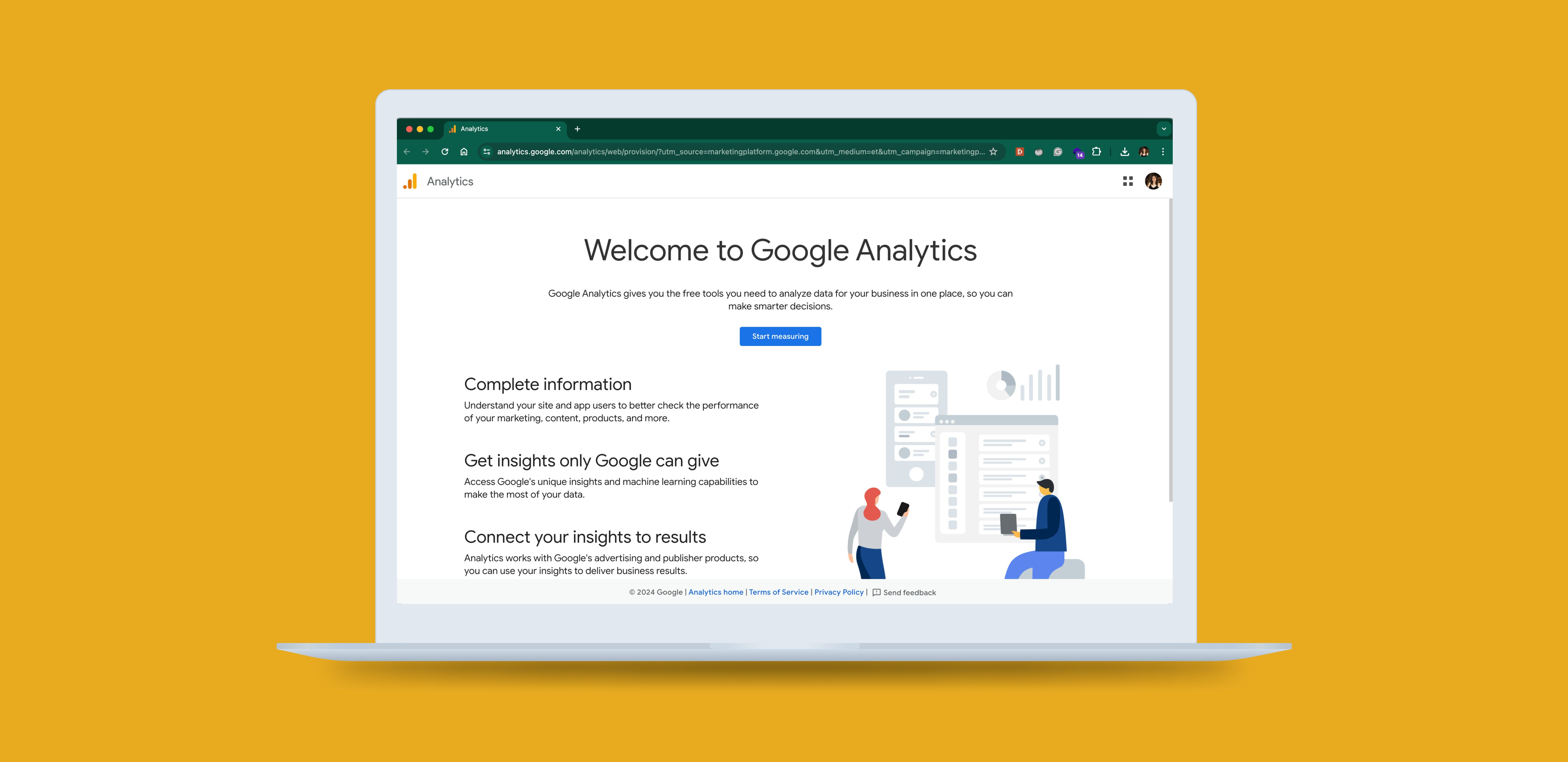
Why the Switch to GA4 Matters for Your Brand
With Google sunsetting universal Analytics and making the switch to GA4, gone are the days of navigating with "good old maps"—now, we're equipped with a high-tech GPS offering real-time traffic updates for the digital age.
A New Era of Data Analytics
GA4 isn’t merely a new version—it’s a revolution. GA4 launched cross-platform tracking, enhanced machine learning models, and privacy-first tracking that aligns perfectly with the cookie-less future we are steering toward.
Reflecting on the Transition
Since July 1, 2023, Google's Universal Analytics has stopped processing new data, marking a significant shift in the landscape of digital analytics. This transition wasn't merely about adopting new features—it was a critical move to preserve the integrity and continuity of your data analytics in a digital-first world. For those who have not transitioned their properties from Universal Analytics to Google Analytics 4 (GA4), the impact has been immediate and potentially severe. Missing out on new data means losing invaluable insights necessary for making informed decisions and maintaining a competitive edge.
If you are still operating on the outdated Universal Analytics, now is the time to act swiftly. As of July 1, 2024, the Universal Analytics interface and API will no longer be accessible — along with your historical data, which will be deleted.
What Does GA4 Mean For Your Brand?
Transitioning to GA4 means you can track your users across apps and websites alike—no more silos. You get a holistic view of how your marketing efforts are playing out in your demand generation ecosystem. This means decisions can be more data-driven than ever before.
Don't Get Left Behind: The Risks of Sticking With Universal Analytics
Continuing to use Universal Analytics after it stopped processing new data means you'll be navigating without current maps in a landscape that's constantly evolving. The consequence? Your data-driven insights will become outdated, leading to potential missteps in strategy and missed opportunities. Making the switch to GA4 now ensures you continue to have access to real-time, comprehensive insights that reflect the latest consumer behaviors and market trends.
Transition Now to Avoid Data Disruption
To ensure a seamless transition without further interruption in data tracking, it's crucial to act now. Begin by confirming whether your property has been automatically upgraded to GA4 and start familiarizing yourself with the new system. The longer you wait, the greater the risk of experiencing a data blackout period where valuable user interactions could go untracked. By moving to GA4, you not only safeguard your data continuity but also position your brand to leverage more sophisticated analytics tools that can drive your marketing decisions forward.
Making the Switch
The first step is confirming if your property has been automatically upgraded to GA4.
- Universal Analytics IDs start with UA followed by a string of numbers like this: UA-XXXXXXXXX-1.
- GA4 property IDs are numbers only.
When you access your account, you’ll see a notification about data processing if you have not yet made the switch. There will also be a button that directs you to complete GA4 setup. Google’s setup assistant in your UA property dashboard makes this less of an expedition and more of a guided tour.
Once you’re set-up, it’s about familiarizing yourself with the new interface. Spend time with it. Experiment. Play around. What feels like a steep learning curve today will soon become your strategic advantage.
Pro tip — export historical data from your Universal Analytics Property for future reference.
The Road Ahead
The switch to GA4 is a blend of certainty and opportunity. It's your chance to upgrade your analytics arsenal with more than just new features— with a new perspective. Remember, in the realm of digital marketing, being proactive isn’t just a strategy; it’s a necessity.
Need help making the switch? Roadmap is here to guide your transition to Google Analytics 4 and support your team with enhanced reporting capabilities. Let us help you harness the full power of GA4 to drive your marketing decisions forward.
Let's Talk!